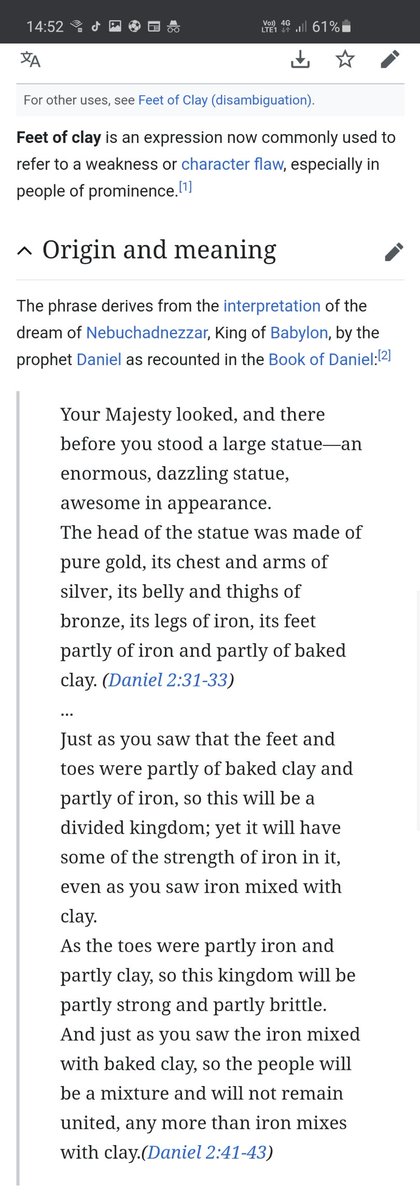Some ideas about OZYMANDIAS, by Percy Bysshe Shelley, 1818.
1) I met a Traveller from an antique land
Shelley began writing Ozymandias after the British Museum acquired a statue of that figure (Ramesses II). It’s important that this poem describes a statue *in situ*...
1/
1) I met a Traveller from an antique land
Shelley began writing Ozymandias after the British Museum acquired a statue of that figure (Ramesses II). It’s important that this poem describes a statue *in situ*...
1/
Not in a museum. The framing device allows for a reading of the statue in its original location.
An important theme of the poem is how meaning is made and changes: the meaning of the statue is different if you see it in the desert, and different to what Ozy himself intended.
2/
An important theme of the poem is how meaning is made and changes: the meaning of the statue is different if you see it in the desert, and different to what Ozy himself intended.
2/
We don’t really use the word “antique” as an adjective in everyday speech now. It means old, but it means more than old I think. Shakespeare uses the word specifically to reference the classical world, the ancient past, and I think it has that meaning here too.
3/
3/
There’s a deliberate warning of time going on here: the land itself is “antique”, but the traveller has seen the statue thousands of years after its construction and the downfall of Ozymandias’ domain. We’re being taken out of “historical” time with clear chronology...
4/
4/
And into a vaguer realm more associated with myth.
2) Who said, “Two vast and trunkless legs of stone
This line has been nagging at my English senses and I think I know why. The arrival of the statue is syntactically backward. I’ll try to explain what I mean:
5/
2) Who said, “Two vast and trunkless legs of stone
This line has been nagging at my English senses and I think I know why. The arrival of the statue is syntactically backward. I’ll try to explain what I mean:
5/
The ”natural” way of describing the scene would be to describe the desert first:
“In the desert, a huge statue stands, with two vast legs of stone but no trunk.”
Shelley reverses that, delaying the sense of the line until the end.
6/
“In the desert, a huge statue stands, with two vast legs of stone but no trunk.”
Shelley reverses that, delaying the sense of the line until the end.
6/
Two — two what?
Two vast — two vast what?
Two vast and trunkless — that’s even less clear
Two vast and trunkless legs — ok...
Two vast and trunkless legs of stone — GOTCHA.
7/
Two vast — two vast what?
Two vast and trunkless — that’s even less clear
Two vast and trunkless legs — ok...
Two vast and trunkless legs of stone — GOTCHA.
7/
Remember: that warping of time from line 1, and the theme of making and changing meaning. We don’t start off seeing this scene with the statue in its entirety; we have to make the journey to its antique realm along with the poem.
8/
8/
You probably knew this but I realised that "legs of stone" is a play on "feet of clay", an expression deriving from a VERY apt biblical reference.
Seriously, read this:
9/
Seriously, read this:
9/
So LEGS OF STONE = FEET OF CLAY, which invokes a STATUE that despite its grand appearance represents a DIVIDED KINGDOM and FRAGILE RULE.
I *love* a good intertextual ref.
10/
I *love* a good intertextual ref.
10/
More soon!
Line 2 also begins Shelley’s strategy of showing the TRANSIENT NATURE OF POWER by contrasting words relating to power and strength with words relating to ruin and decay.
vast/trunkless is the first such pairing
11/
vast/trunkless is the first such pairing
11/
Alliteration, assonance, internal rhyme and sibilance are also prevalent in the poem and we can see these established in the first couple of line:
trAveller / Antique / lAnd — assonance on ”A”
said / legs
stone / stand
The second line is very sibilant.
12/
trAveller / Antique / lAnd — assonance on ”A”
said / legs
stone / stand
The second line is very sibilant.
12/
It’s easy to spot these things, much harder to pinpoint their “effect”, but for now let’s say they elevate the tone of the poem, adding to the impression of parable or allegory.
More on this later.
13/
13/
3) Stand in the desert...Near them, on the sand
”Sand” symbolises the passing of time (think hourglasses) and is itself a symbol of decay and erosion: it is formed from the slow disintegration of solid stone. Sand is itself a product of time.
14/
”Sand” symbolises the passing of time (think hourglasses) and is itself a symbol of decay and erosion: it is formed from the slow disintegration of solid stone. Sand is itself a product of time.
14/
4) The DESERT is sand on a grand scale, of course, symbolising the loss of Ozymandias’ realm and the way history brought his power to ruin and insignificance.
EGYPTIAN desert in particular is rich with allusive potential, being the stage of the story of Moses in the Bible.
15/
EGYPTIAN desert in particular is rich with allusive potential, being the stage of the story of Moses in the Bible.
15/
Too much to unpick here really, but I think it invokes themes of power, oppression and freedom.
If we think of Jesus’ time in the desert, then it is also a place where hubris and temptation are either succumbed to or resisted. A crucible of character.
16/
If we think of Jesus’ time in the desert, then it is also a place where hubris and temptation are either succumbed to or resisted. A crucible of character.
16/

 Read on Twitter
Read on Twitter


